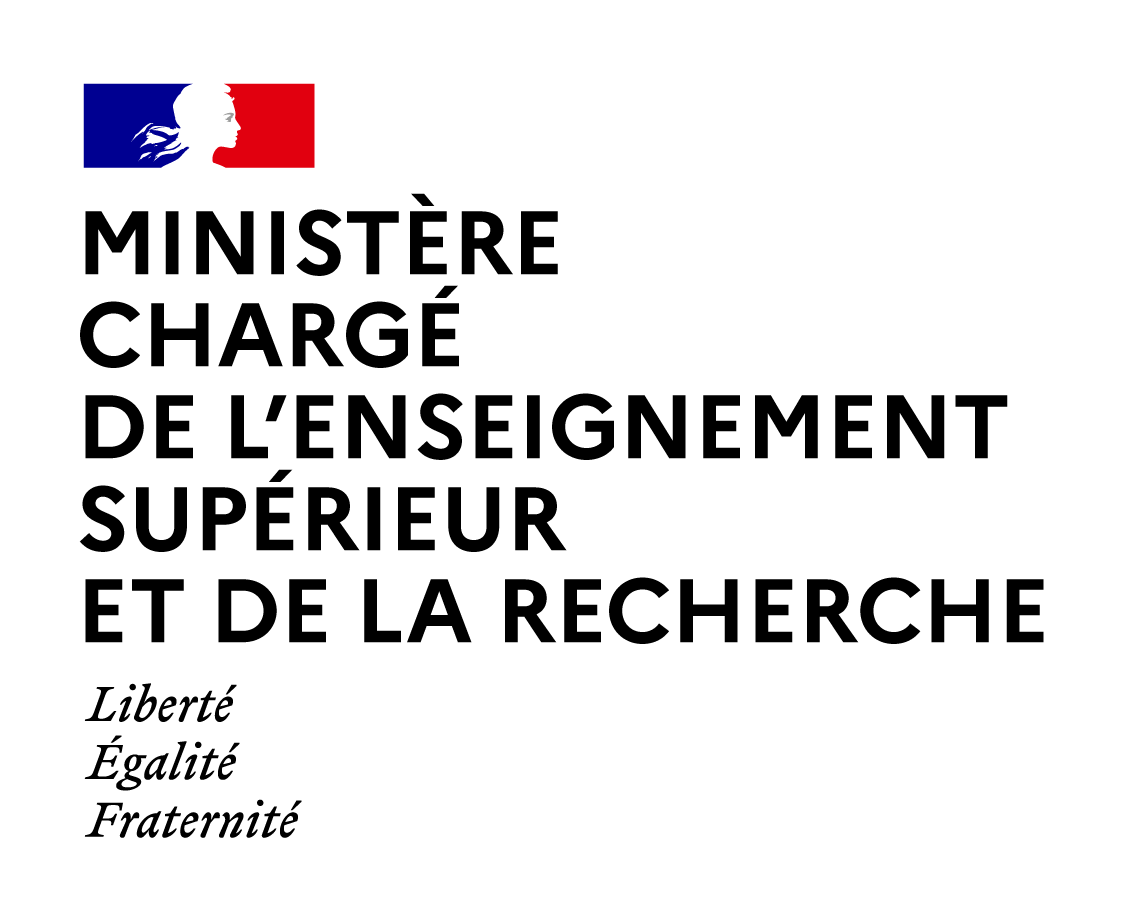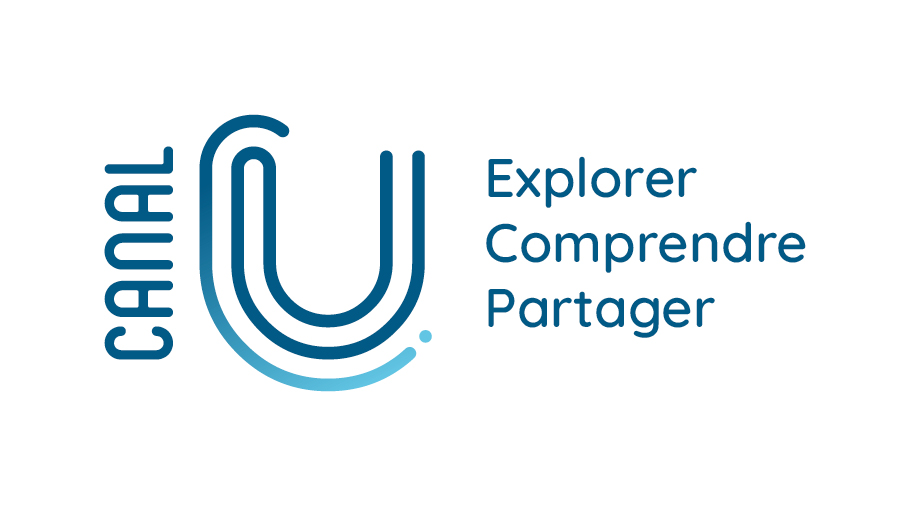
Sommaire
Trilingual effects at the microstructure and macrostructure levels in children’s narratives / Mihaela Pirvulescu
Date de création :
20.06.2017Auteur(s) :
Mihaela PIRVULESCUPrésentation
Informations pratiques
Droits réservés à l'éditeur et aux auteurs. Tous droits réservés aux auteurs et à l'Université Toulouse Jean Jaurès.
Description de la ressource
Résumé
Trilingual effects at the microstructure and macrostructure levels in children’s narratives / Mihaela Pirvulescu, in colloque "Bilingualism vs. monolingualism: a new perspective on limitations to L2 acquisition" organisé par le laboratoire Octogone-Lordat (Université Toulouse 2) sous la responsabilité de Barbara Köpke (UT2J), Holger Hopp (Technische Universität Braunschweig), Tanja Kupisch (Universität Konstanz), Université Toulouse Jean Jaurès, 19-20 juin 2017. Our study examines the narrative productions of trilingual children in Romanian, English and French. The children grew up speaking their heritage (minority) language at home, English as their main language of the society, and French through the immersion system, starting at age 6. The effects of learning two or three languages have been probed at the levels of the lexicon and grammar, especially with bilingual children, or with adults whose third-language acquisition is influenced by their first or second languages (Cummins, 2005; Montrul, 2013; Rothman, 2015). While recent studies have mainly looked at patterns and directionality of transfer, our contribution uncovers patterns of development in each of the three languages taking the perspective of mutual interaction among the three languages. We show that trilingual acquisition leads to effects in each of the language acquired, the main consequence being the introduction of optionality in diverse grammatical domains. Data were elicited through the Frog series (Mayer, 1969) in each language. 72 narratives were elicited form 13 children (8 to 11 year-olds). Children are comparable with each other in terms of amount of exposure to each of their three languages. We analyzed macrostructure and microstructure elements. For microstructure we measured morphosyntactic complexity (verbal density), lexical richness (Guiraud’s index) and accuracy (rate of error-free utterances). We ran a quantitative/qualitative analysis of the inflectional morphology. For macrostructure we used the narrative structure scheme (NSS, Heilmann et al., 2010). Results for the NSS point to the transferability of ‘story grammar’; scores were not significantly different between languages (Figure 1). These findings raise the possibility that telling stories benefits from school-based education and that the macrostructures of storytelling are transferable across languages (Paradis, 2014, Pearson, 2002). Results for microstructure elements show an advantage for the majority language (English). In addition, Romanian (heritage language) scores on vocabulary richness and accuracy on pair with English while it significantly lags behind French and English on the morphosyntactic score (Table 1). However, problematic areas in inflectional morphology exist in all three languages. The heritage language has been characterized as prone to omission and substitution errors, as well as overall simplification; we found the same in some domains in all the languages of a trilingual child. The areas affected in the three languages are omission and inconsistent marking of definiteness and definiteness agreement, subject-verb agreement morphology and omission/selection of prepositions. We explore possible explanations at the level of processing or mental representation.
"Domaine(s)" et indice(s) Dewey
- Analyse du discours (langage, linguistique, la littérature et les langues) (401.41)
- Bilinguisme, multilinguisme (404.2)
Domaine(s)
- Langues
- Langues
Intervenants, édition et diffusion
Intervenants
Édition
- Université Toulouse-Jean Jaurès-campus Mirail
Diffusion
Document(s) annexe(s)
- Cette ressource fait partie de
Fiche technique
- LOMv1.0
- LOMFRv1.0
- Voir la fiche XML




